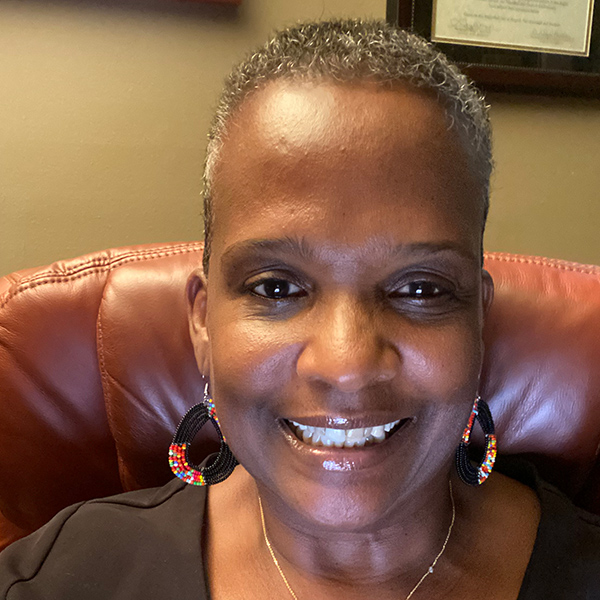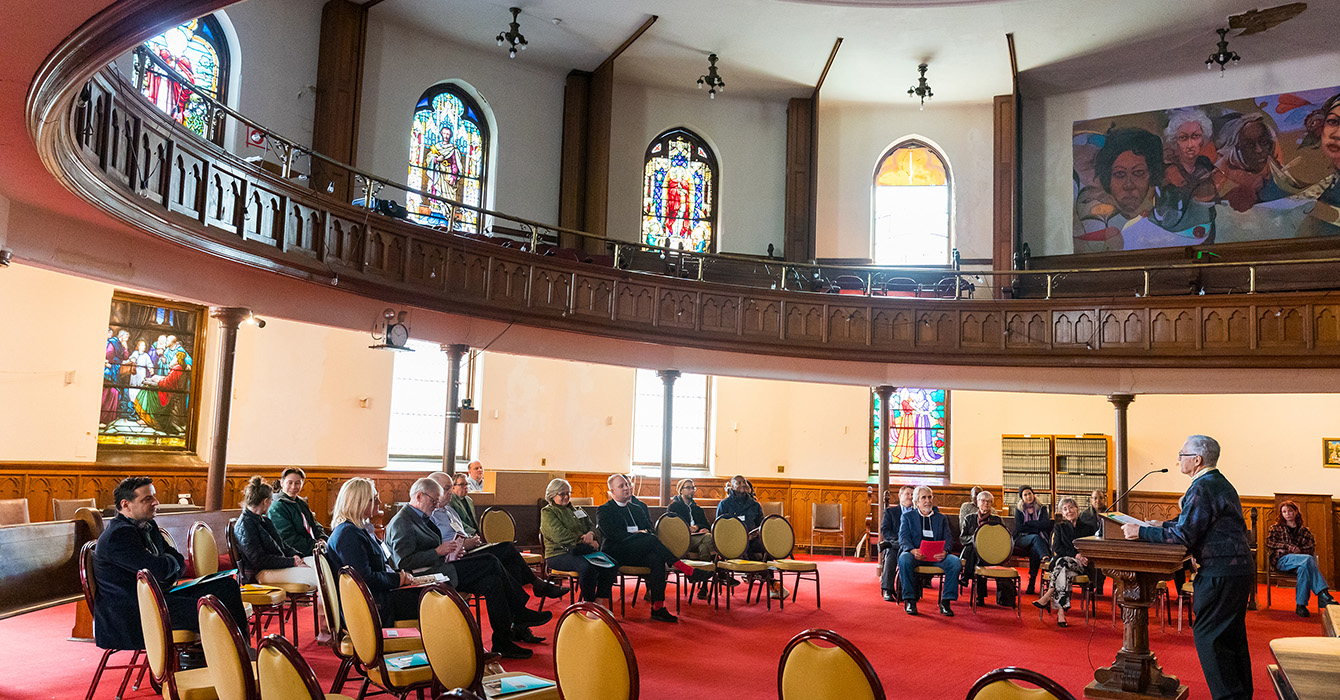Small-membership congregations are often worried about the future. They struggle to get visitors to join them in worship. Those that do attend come only occasionally. The cost of maintenance, salaries, benefits and more is ever-rising. The children of the congregation grow up and join the fast-growing big churches.
Data from the National Congregations Study indicates that the majority of small churches are feeling this pinch.
Between 1998 and 2012, the number of regular participants, both adults and children, in the average congregation decreased from 80 to 70. The study confirms the suspicion of many small-membership church leaders that since 1998, more and more people are gravitating to larger congregations. In the 2012 study, half of all church attenders go to a congregation of more than 400 in regular participation, with an annual budget of $450,000. But such large-membership congregations represent only 7 percent of all American congregations.
What are the leaders of struggling small-membership congregations to do?
First, remember the distinctive gift of being a small church.
I first heard this idea in the first edition of Anthony Pappas’ classic Alban Institute text “Entering the World of the Small Church.” In small-membership congregations, Christians are formed through relationships. The children learn by being with the saints of the church. The classes and programs are more like back-porch conversations. Relationships are important in any church, but their formational power is the central, defining characteristic of the small church.
During the 1950s, the culture in the United States created conditions in which congregations grew quickly and were able to build buildings, hire full-time pastors, add other pastors and staff, start programs, and more. Denominations blessed all this activity and urged small churches to become big ones. Often, churches were counseled to hire the staff first and reassured that the members would follow. As a result, small congregations began to do and do and do. Even in the boom days, such churches struggled to fill all the volunteer jobs the programs created.
Today, there are few places in the United States that continue to support the conditions for small-membership churches to act like big churches. Most of us live in communities where congregations are ignored, unless the congregation is very large. Visitors don’t come to the doors of most churches. Neighbors don’t welcome visits by church members inviting them to services. A system designed for the 1950s does not work for congregations or their communities any longer.
Small-membership congregations have the opportunity to return to the basics by asking themselves some crucial questions.
What activities are most meaningful to those who attend? What activities nurture the life of the congregation? What do members do that invites a deeper love of God and neighbor? What would be required to focus more intentional energy on those things? What could be eliminated to provide more opportunity to invest in them?
A second set of questions is equally important. What is that one thing the church does that makes a distinctive witness to those outside the congregation? Why is this a distinctive witness? Who are the people it reaches, and how does it address their needs?
A church is not a social club, but it must engage the community outside its membership. Its purpose is to be a sign, a taste or an instrument of God’s reign. Being Christian community for one another requires engaging with those outside the church.
Ideally, one of the congregation’s most meaningful activities that nurtures its being is closely related to what it can offer to the community. For example, cutting firewood can be a ministry for homebound members of the church as well as a witness and service to neighbors.
The purpose of the witness is not to recruit church members. It is to enact the message of God’s grace and hope to a world that is not paying attention to God or God’s congregations.
Of course, most congregations already do such acts of witness and service, but to make a difference at a scale that the acts can be noticed, small-membership congregations need to focus their energy on a particular project. Figuring out the focus and scale of activity can be challenging, but it is a way forward that does not depend on a pastor or a certain size building. It depends on relationships and the gifts of the members.
With that vision in mind, the church faces questions of what kind of staff, building and more that it needs to maintain a vibrant community life that also serves as a distinctive witness. This is new territory for most congregations, but one that is much more energizing than struggling to keep everything going in a survival mode.








